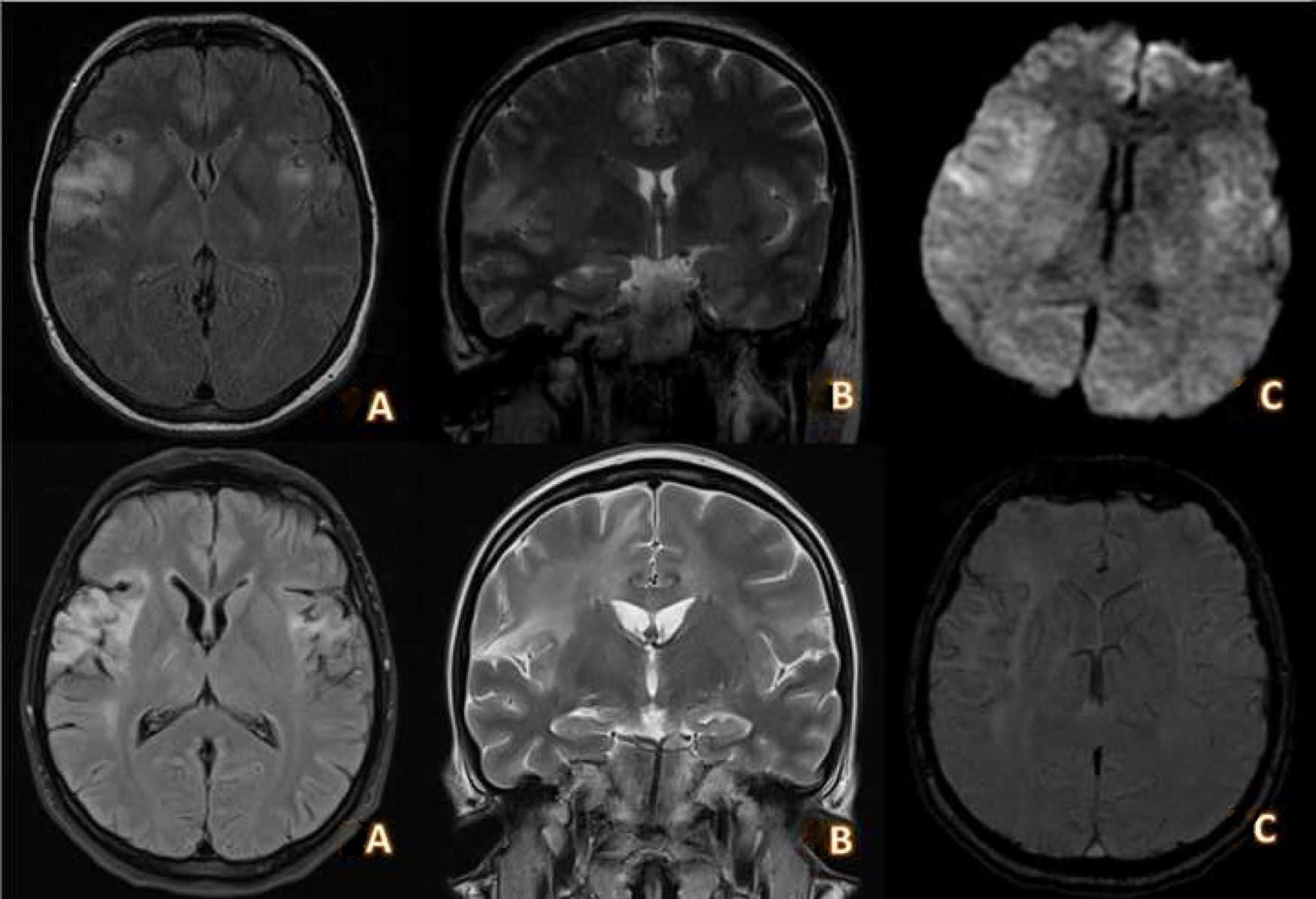
Foix–Chavany–Marie Syndrome (FCMS), also known as bilateral anterior opercular syndrome, is a rare neurological disorder. Characterized by paralysis of the facial, pharyngeal, and masticatory muscles, it leaves individuals unable to speak, chew, or swallow properly. Despite these severe symptoms, cognitive functions and limb movements typically remain unaffected. This condition often results from strokes, infections, or other brain injuries affecting the opercular region. Understanding FCMS can help in recognizing its symptoms early, leading to better management and care. Dive into these 30 intriguing facts about FCMS to learn more about its causes, symptoms, and treatments.
Key Takeaways:
- Foix–Chavany–Marie Syndrome (FCMS) is a rare neurological disorder that affects facial muscles and speech. It can be caused by strokes, infections, or brain injuries, leading to difficulties in communication and swallowing.
- Patients with FCMS may benefit from speech and physical therapy, as well as support from family and social groups. Ongoing research is exploring new treatments and raising awareness to improve the lives of those affected.
What is Foix–Chavany–Marie Syndrome?
Foix–Chavany–Marie Syndrome (FCMS) is a rare neurological disorder. It affects the muscles of the face, tongue, and throat. This condition is also known as bilateral anterior opercular syndrome. Let's dive into some intriguing facts about this syndrome.
-
FCMS was first described in 1926 by French neurologists Charles Foix, Jean Alfred Émile Chavany, and Julien Marie.
-
This syndrome results from damage to both sides of the brain's operculum, a region involved in controlling facial muscles.
-
Patients with FCMS often experience severe difficulties in speaking, chewing, and swallowing.
-
Despite these challenges, cognitive functions like memory and reasoning usually remain intact.
Causes and Symptoms of FCMS
Understanding the causes and symptoms of FCMS can help in early diagnosis and management. Here are some key points about what leads to this condition and how it manifests.
-
Strokes are the most common cause of FCMS, particularly those affecting the opercular region.
-
Other causes include infections, tumors, and traumatic brain injuries.
-
Symptoms often include facial muscle paralysis, making it hard to smile or frown.
-
Patients may also have difficulty closing their eyes or blinking.
-
Speech becomes slurred or completely lost, a condition known as anarthria.
-
Swallowing difficulties, or dysphagia, are common and can lead to nutritional issues.
Diagnosis and Treatment
Diagnosing and treating FCMS involves a multidisciplinary approach. Here are some facts about how doctors identify and manage this condition.
-
MRI and CT scans are crucial for diagnosing FCMS, as they can reveal damage to the opercular region.
-
Electromyography (EMG) tests can assess the electrical activity of facial muscles.
-
Speech therapy is often recommended to help patients regain some communication abilities.
-
Physical therapy can assist in improving muscle strength and coordination.
-
Nutritional support, including feeding tubes, may be necessary for those with severe swallowing difficulties.
Living with FCMS
Living with FCMS presents unique challenges, but many patients find ways to adapt. Here are some insights into daily life with this condition.
-
Communication devices, such as speech-generating devices, can be invaluable for those with anarthria.
-
Family support plays a crucial role in the emotional well-being of FCMS patients.
-
Occupational therapy can help patients relearn daily tasks and improve their quality of life.
-
Social support groups provide a sense of community and shared experience.
-
Regular medical check-ups are essential to monitor and manage symptoms effectively.
Research and Future Directions
Ongoing research aims to better understand FCMS and develop new treatments. Here are some exciting developments in the field.
-
Scientists are exploring the use of brain-computer interfaces to help FCMS patients communicate.
-
Stem cell therapy is being investigated as a potential treatment to repair brain damage.
-
Genetic studies are underway to identify any hereditary factors that may contribute to FCMS.
-
Advances in neuroimaging techniques are improving the accuracy of FCMS diagnosis.
-
Researchers are also looking into the role of neuroplasticity in helping the brain adapt to damage.
Notable Cases and Awareness
Raising awareness about FCMS can lead to better support and resources for patients. Here are some notable cases and efforts to increase understanding of this condition.
-
One of the earliest documented cases involved a French soldier who developed FCMS after a head injury.
-
Awareness campaigns and educational programs are helping to inform the public about FCMS.
-
Medical journals and conferences often feature case studies and research on FCMS.
-
Support organizations provide resources and advocacy for those affected by FCMS.
-
Increased awareness can lead to earlier diagnosis and better outcomes for patients with FCMS.
The Final Word on Foix–Chavany–Marie Syndrome
Foix–Chavany–Marie Syndrome, though rare, offers a fascinating glimpse into the complexities of the human brain. This condition, characterized by paralysis of facial, pharyngeal, and masticatory muscles, underscores the importance of the brain's motor pathways. Understanding this syndrome helps medical professionals better diagnose and treat similar neurological disorders.
While the syndrome can be challenging for those affected, advancements in medical science continue to improve the quality of life for patients. Awareness and education about Foix–Chavany–Marie Syndrome can lead to earlier diagnosis and more effective interventions.
Staying informed about such conditions not only broadens our knowledge but also fosters empathy and support for those living with rare neurological disorders. Keep learning, stay curious, and remember that every fact you uncover brings you closer to understanding the intricate workings of the human body.
Frequently Asked Questions
Was this page helpful?
Our commitment to delivering trustworthy and engaging content is at the heart of what we do. Each fact on our site is contributed by real users like you, bringing a wealth of diverse insights and information. To ensure the highest standards of accuracy and reliability, our dedicated editors meticulously review each submission. This process guarantees that the facts we share are not only fascinating but also credible. Trust in our commitment to quality and authenticity as you explore and learn with us.
